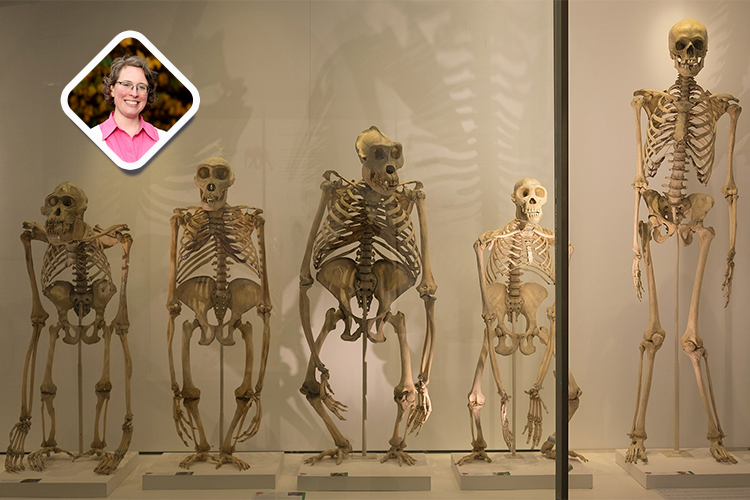
An international research team led by Dr Terence Capellini (Harvard University) and including Professor Niamh Nowlan of University College Dublin has identified two critical evolutionary changes in the pelvis that enabled humans to walk upright and give birth to larger-brained babies.
The study, published in Nature, shows that shifts in the orientation of the cartilage growth plate and differences in the timing of bone formation reshaped the human ilium, setting it apart from other primates. These changes allowed the pelvis to anchor powerful gluteal muscles and support bipedal movement.
Professor Nowlan, from UCD’s School of Mechanical and Materials Engineering and the Conway Institute, contributed unique 3D imaging data of human embryo and foetal development, providing key insights into how these skeletal adaptations first emerged.
“This study reveals the evolutionary shift in morphology of the pelvis that enabled bipedal locomotion,” said Professor Nowlan. “Prenatal development of the skeleton is a fascinating subject and there is still so much to learn.”
Source: University College Dublin




